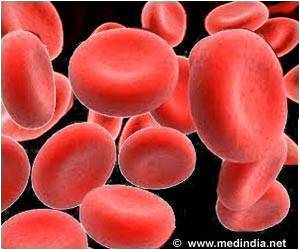A collaborative study carried out by researchers from the Harvard Stem Cell Institute (HSCI) and Columbia University for Project ALS, has become the first to show that disease-specific
Disease-specific stem cells may be derived from an individual patient, a collaborative study carried out by researchers from the Harvard Stem Cell Institute (HSCI) and Columbia University for Project ALS, has shown.
Researchers have demonstrated that pluripotent stem cells derived from a patient with ALS (amyotrophic lateral sclerosis) can then be differentiated into motor neurons-the brain cells which are destroyed by ALS.In this study, led by Kevin Eggan, of the Harvard Stem Cell Institute, skin cells taken from a patient with a familial form of ALS were induced to become pluripotent stem cells.
Later, they differentiated the pluripotent cells into motor neurons and glia (support cells in the brain) that featured an ALS genotype.
"This is a seminal discovery. The ability to derive ALS motor neurons through a simple skin biopsy opens the doors to improved drug discovery. For the first time, researchers will be able to look at ALS cells under a microscope and see why they die. If we can figure out how a person's motor neurons die, we will figure out how to save motor neurons," said Valerie Estess, director of research for Project ALS.
Project ALS, started in 1999, recruited leading scientists and clinicians to define the potential role of stem cells in understanding and treating ALS, the fatal neurodegenerative disease, also known as Lou Gehrig's disease. Project A.L.S.-funded scientists began by transplanting stem cells directly into mice with ALS, with limited success.
More recent experiments have shown that stem cells may be more valuable as tools to understand the disease process and create mini-representations of disease-or assays--for the purpose of drug screening.
Advertisement
"It has been a privilege to collaborate with Kevin Eggan and his team and to contribute to this critical step forward. We will continue to work hand-in-hand with Harvard researchers and Project A.L.S. to exploit the potential of these cells for drug screening," said Christopher Henderson, co-author on the paper
Advertisement
Source-ANI
RAS/L















